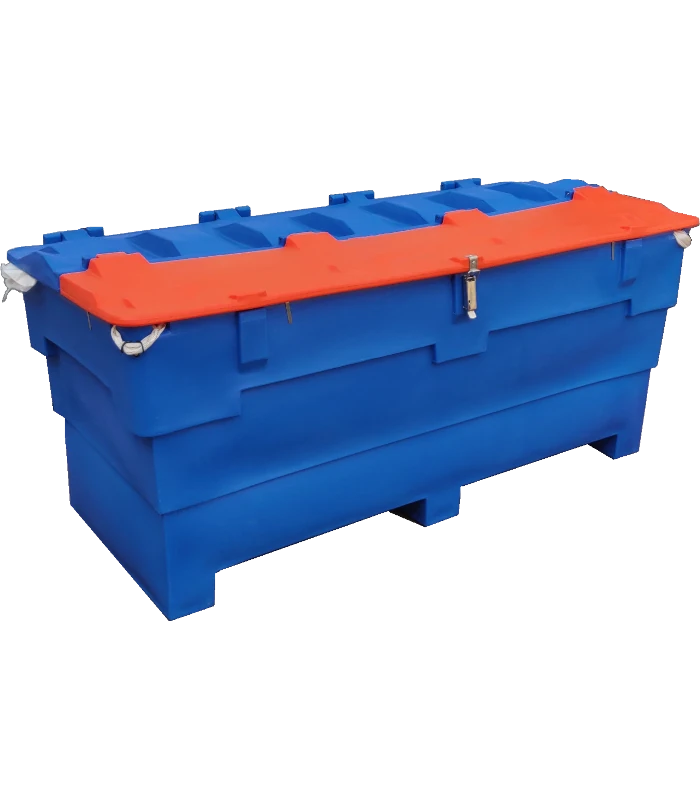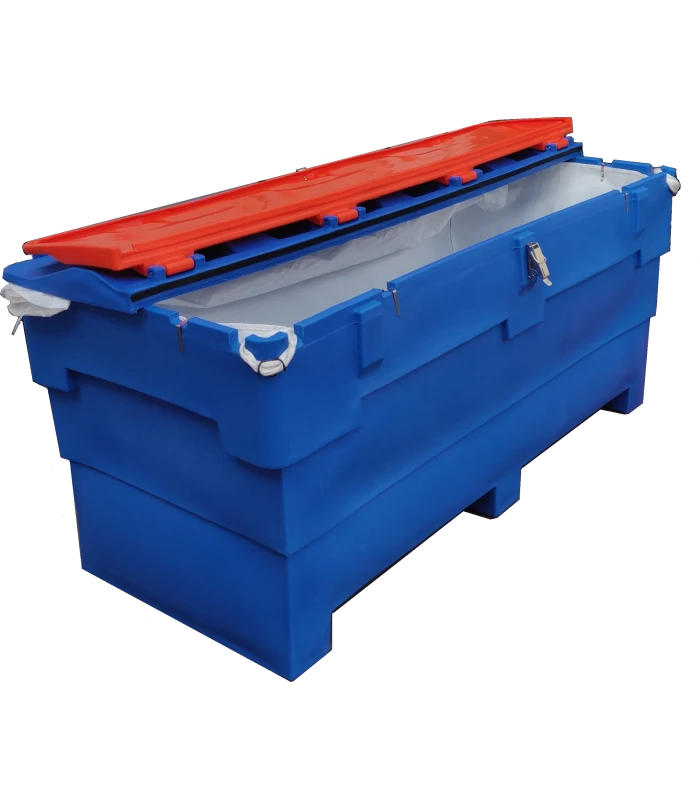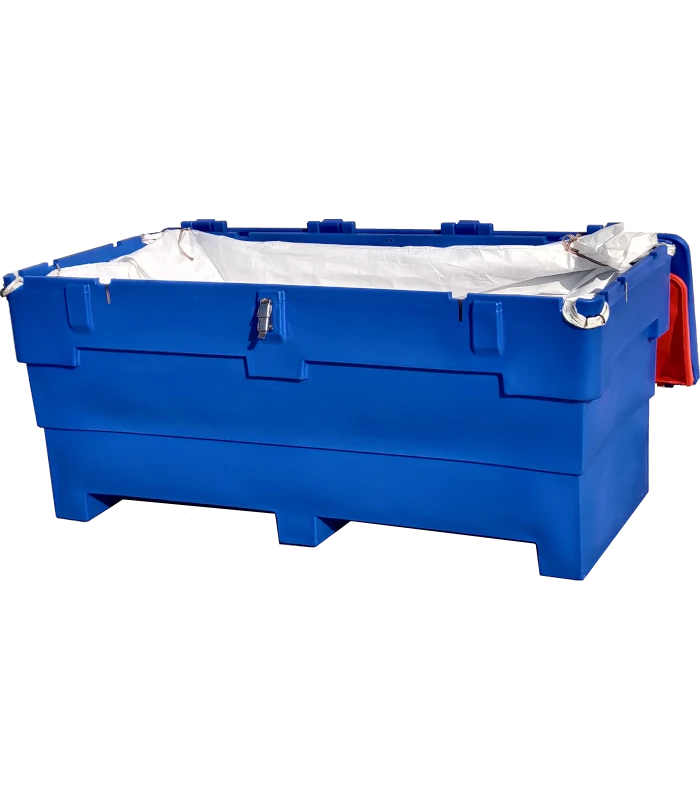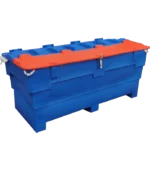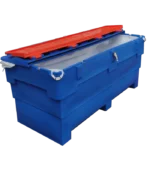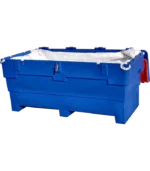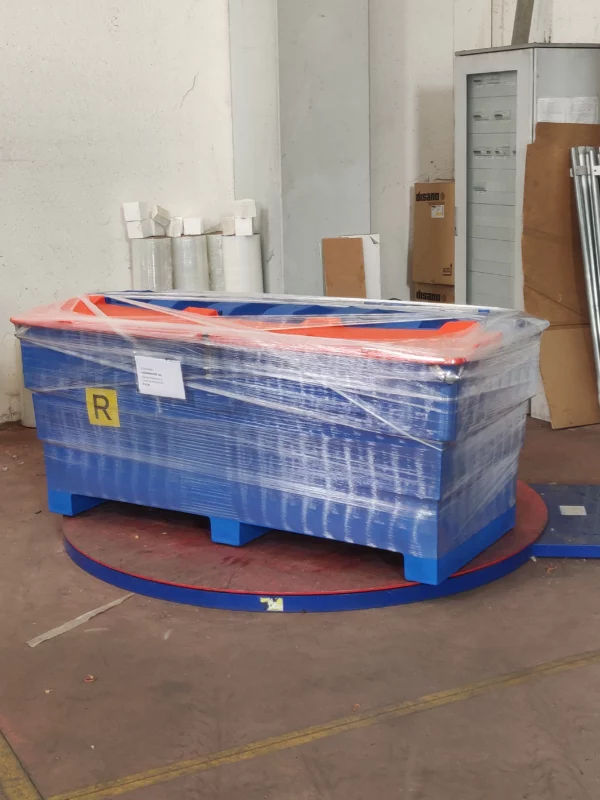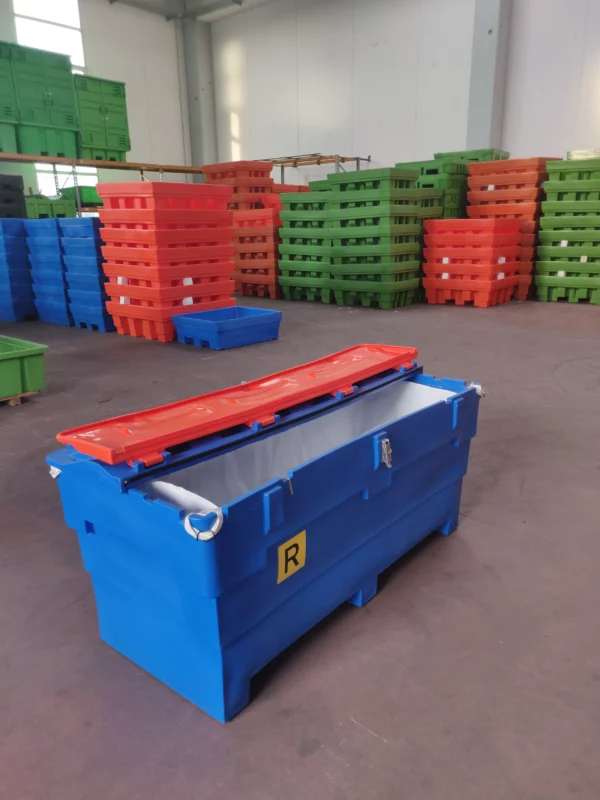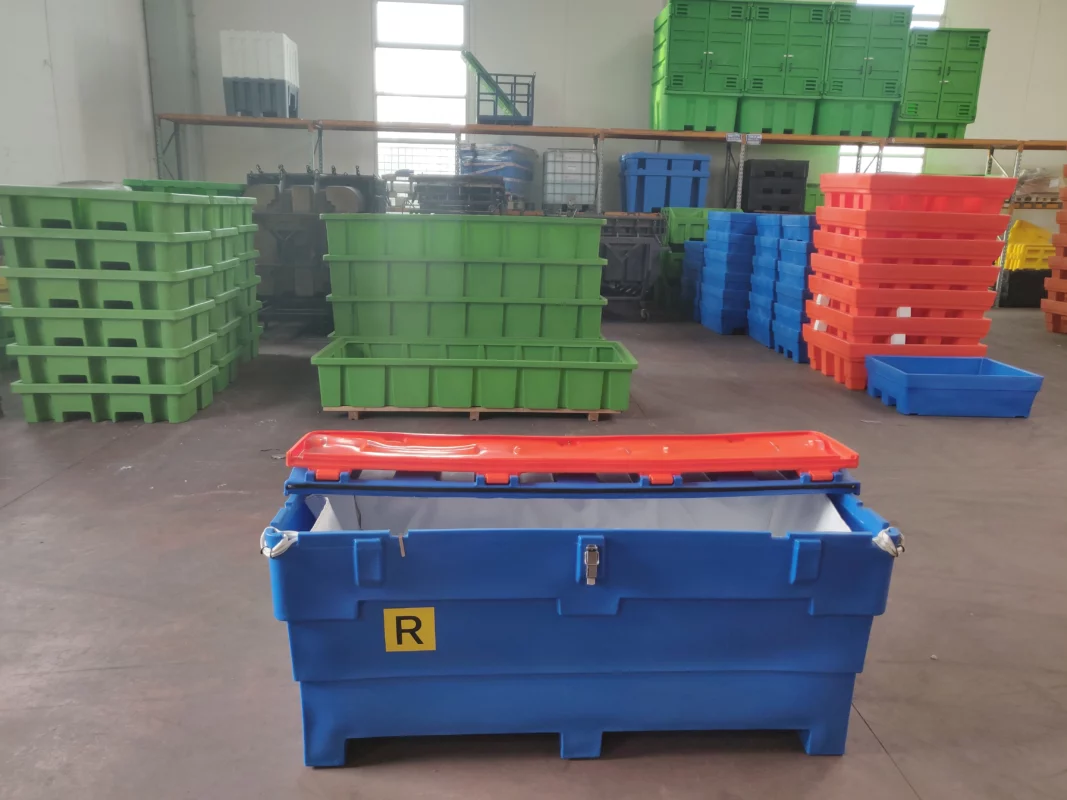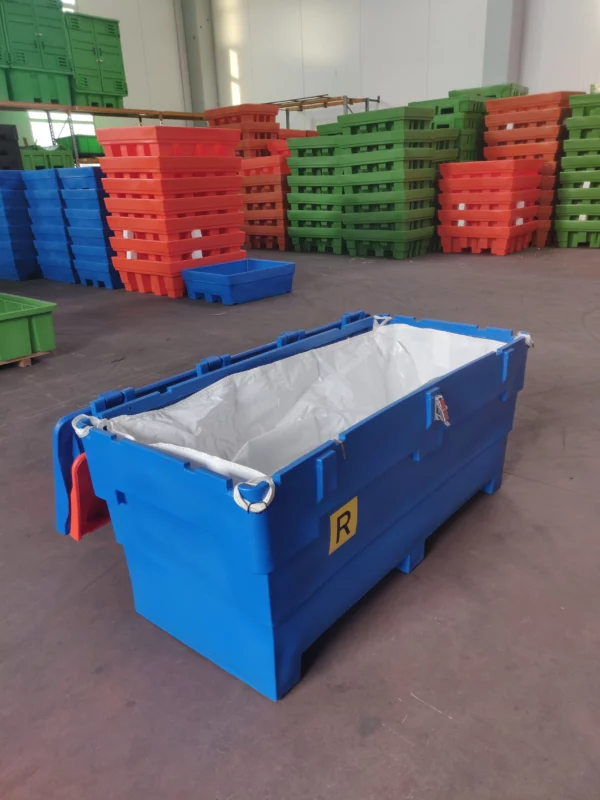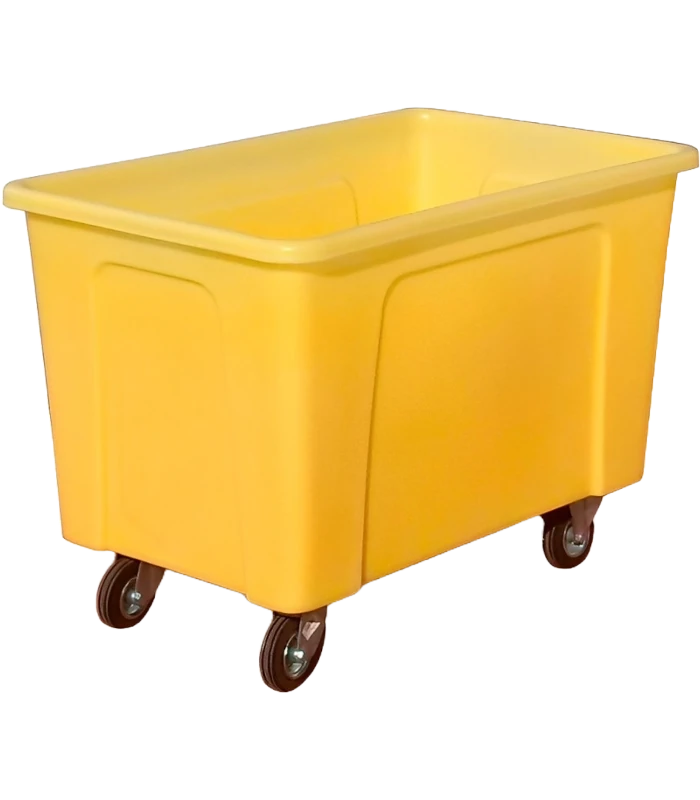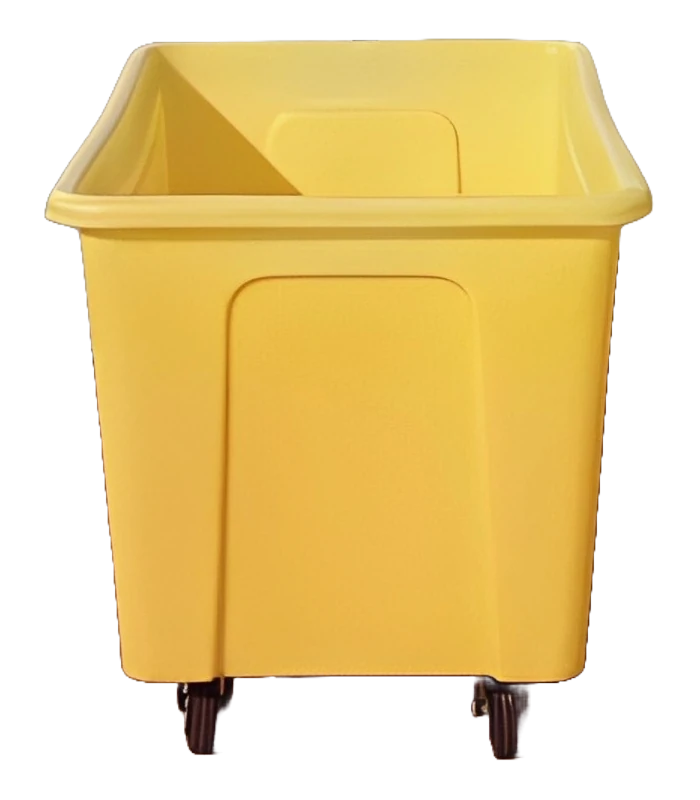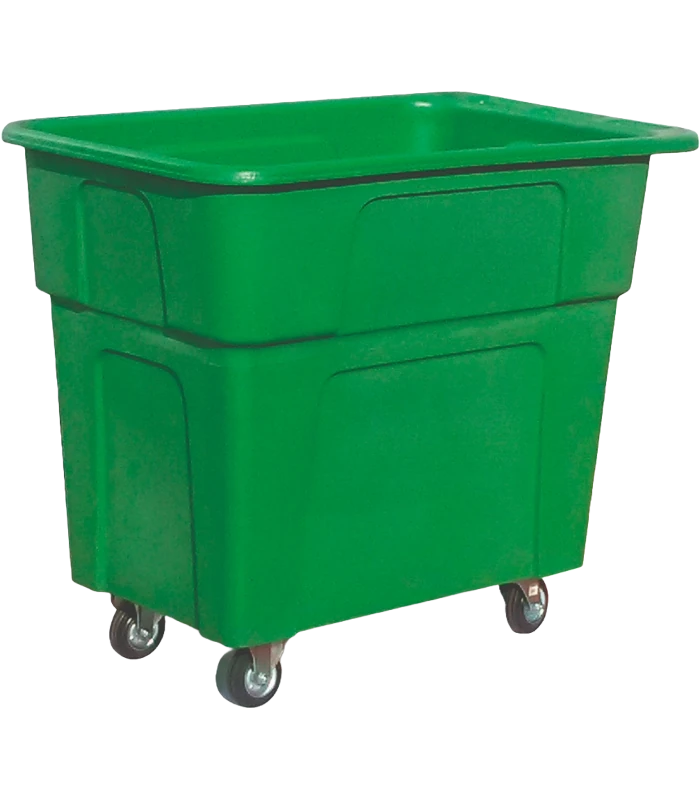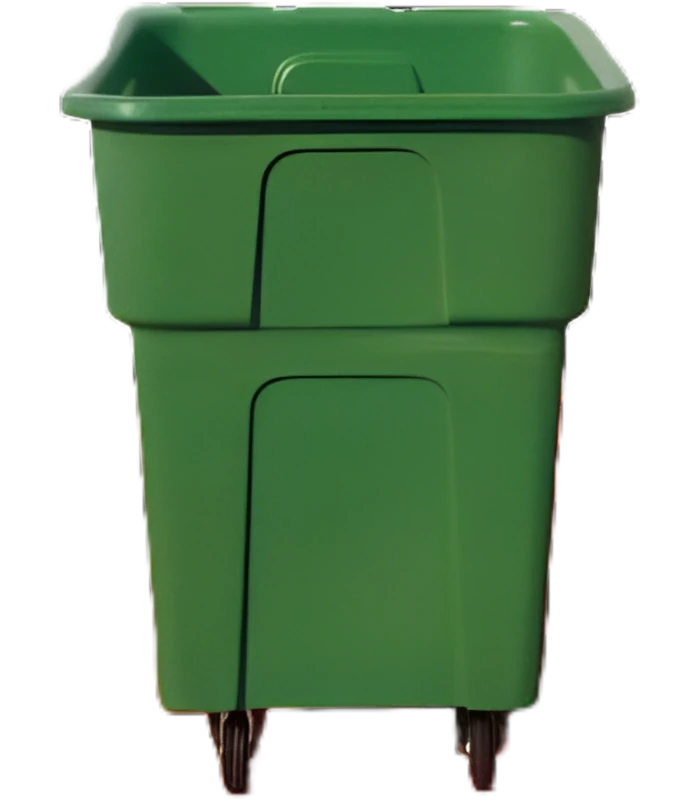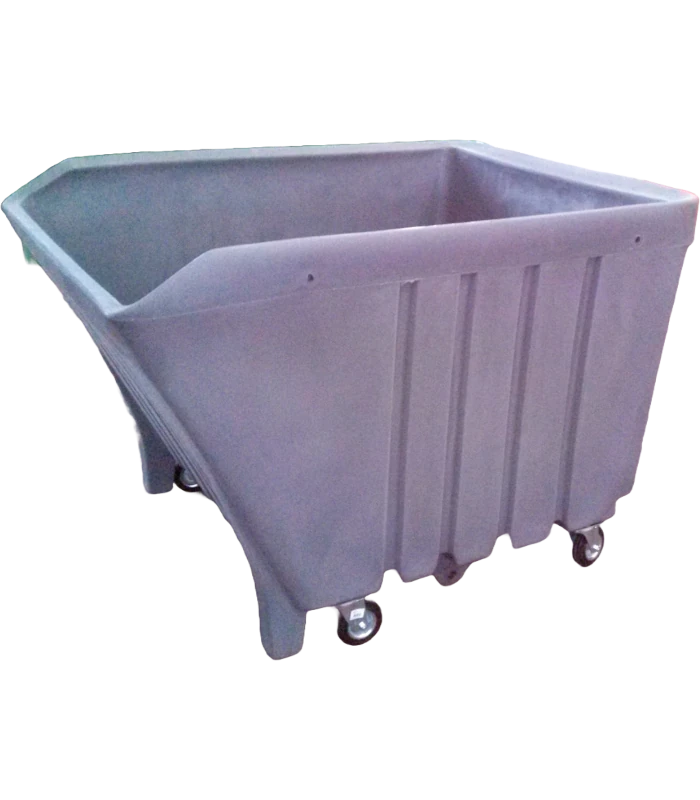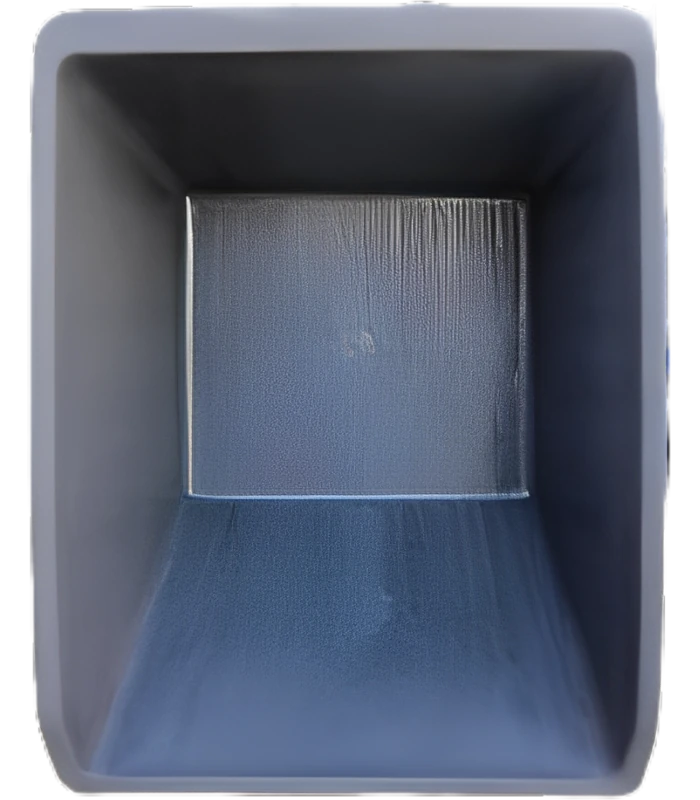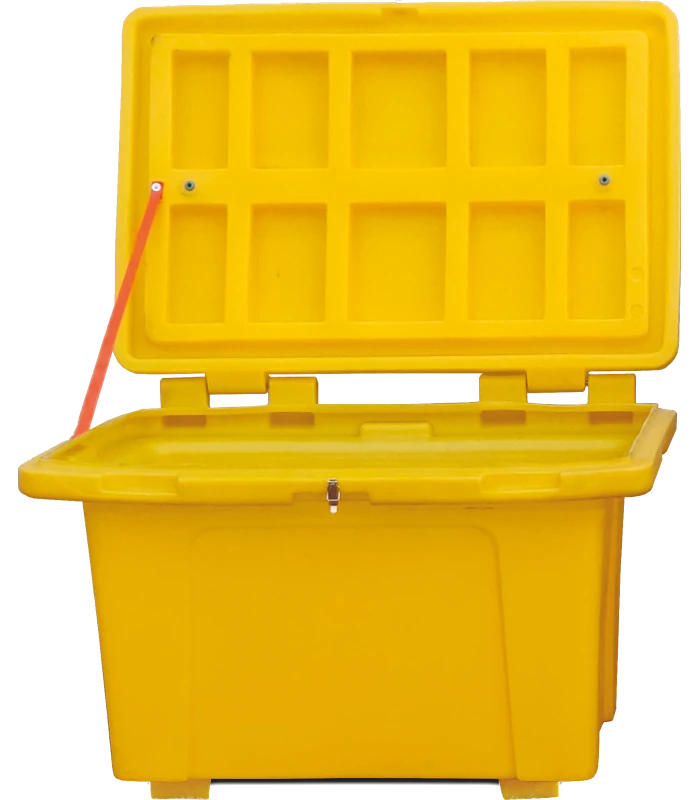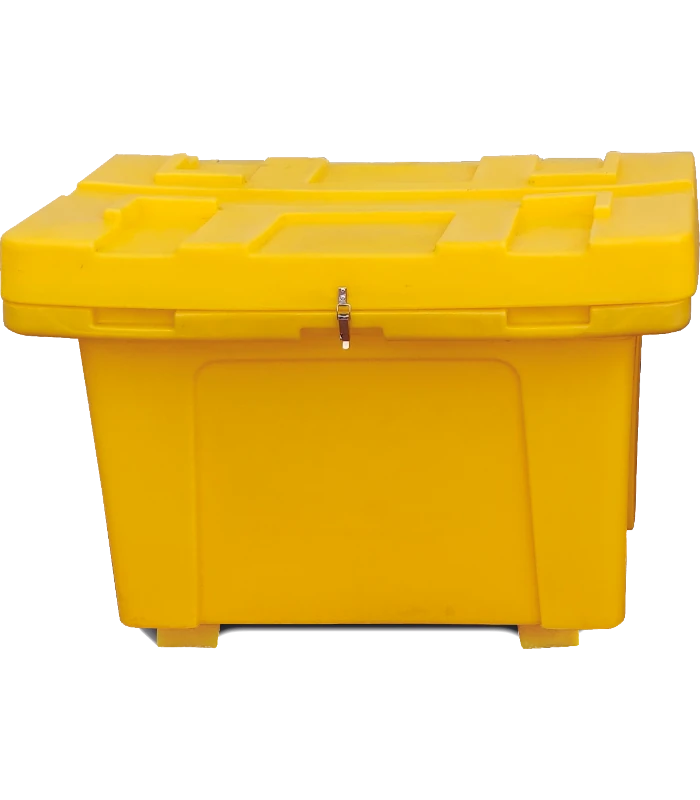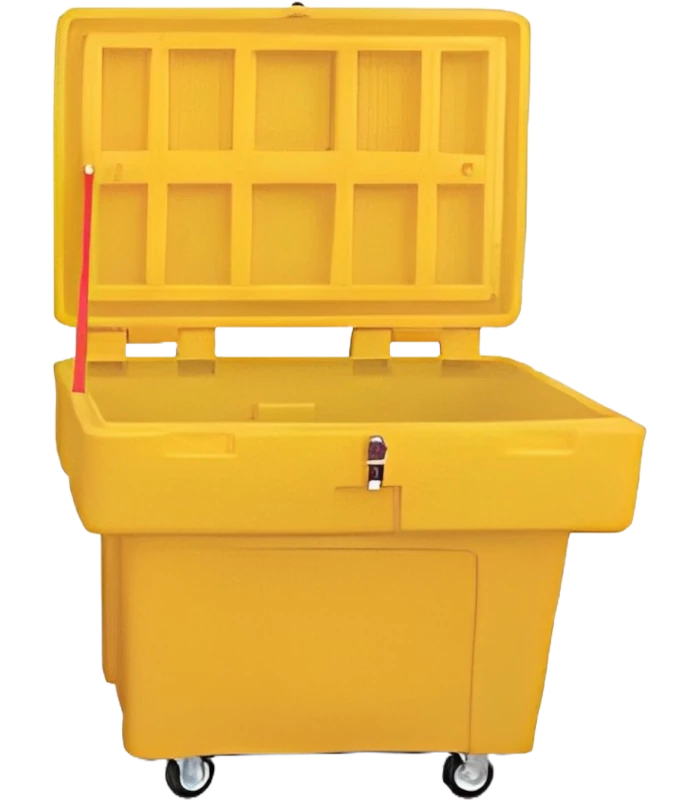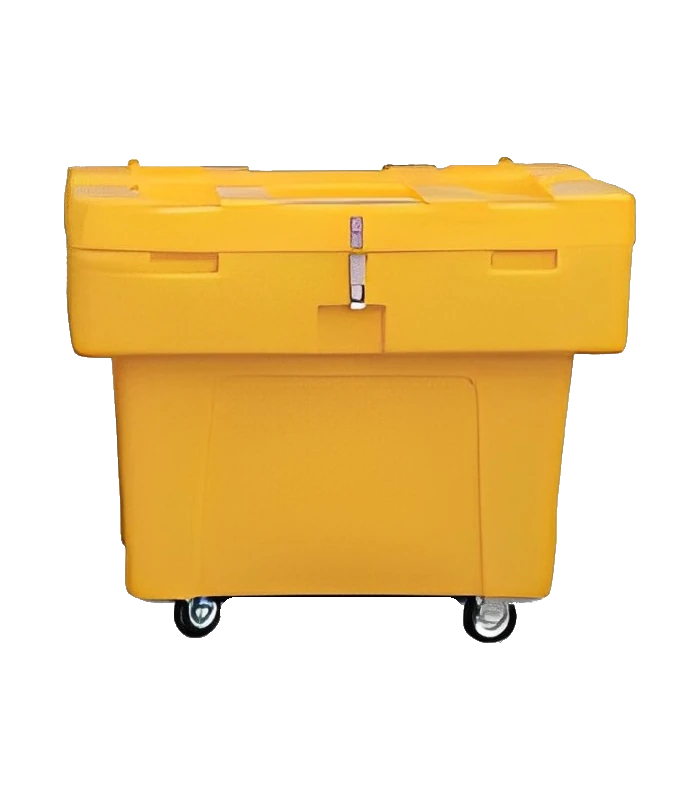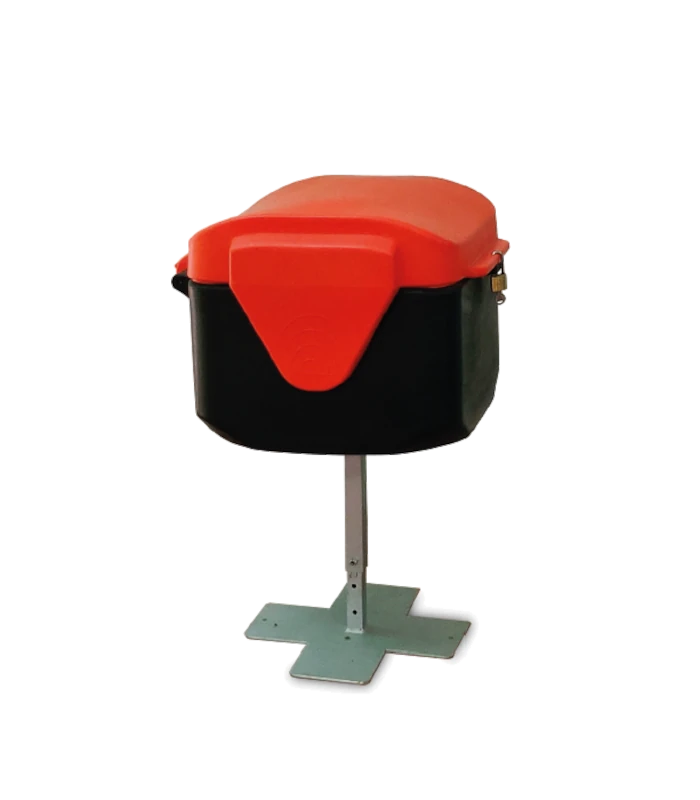Fluorescent Tube container
Container for storage of used fluorescent tubes with double opening.
-
Available in stock or in 8 days
-
Frontal opening to put the tube inside and full opening to pull out the big sac
-
Inside big bag for neon collection (the big bag is sold separately)
-
Lockable lever closure.
-
100% monobloc rotationally molded polyethylene
-
Robust, easy to handle and light.
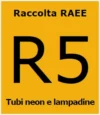
Separate waste collection is the basis of the Circular Economy
Suitable for corrosive chemicals
100% recyclable
Easy to clean
Solid and resistant
Usable
-
industrial sector
-
waste
-
for collection of neon and used lamps
-
for absorbent product kits for spills
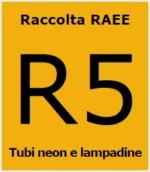
WEEE collection
EEE - Electrical and electronic equipment
WEEE - Waste electrical and electronic equipment
The equipment and related waste are subject to legislation that concerns both public and private entities.
Since 2014 there has been an obligation for those involved in the production chain of goods and the management of related waste to provide for separate collection, treatment and recovery.
Legislative Decree 4 March 2014, n. 27 and Legislative Decree 14 March 2014, n. 49 amended in September 2020 are in force. The provisions of Legislative Decree 151/2005 and the general waste management regulations of Legislative Decree 152/2006 also remain in force.
All EEE at the end of its life not explicitly excluded by the law is WEEE.
WEEE R5 how to dispose of used light bulbs
Halogen or incandescent light bulbs have gone off the market, are not recyclable and therefore should be placed in undifferentiated waste collection.
Energy saving or low consumption LED lamps are part of WEEE 5 waste and can be recycled.
WEEE 5 can be disposed of correctly:
- in ecological stand
- at the point of sale at the time of purchase
- in large-scale retail outlets, even without obligation to purchase
They are part of WEEE 5
- LED lamps
- fluorescent - neon tubes
- compact fluorescent lamps
- high intensity discharge lamps
- low pressure sodium vapor lamps
- metal halide lamps
Separate waste collection is the basis of the Circular Economy
| Sku | PNN |
|---|---|
| Colors |
Orange ,Green |
|---|---|
| Dimensions |
193 x 93 H 88 cm |
| Capacity |
900 L |
| Material |
100% UV stabilized polyethylene for outdoor use. |
| Production |
Rotational molding |
| Chemical resistance |
Excellent resistance to most acids, bases and oils. |
| Movement |
Pallet truck or forklift |
